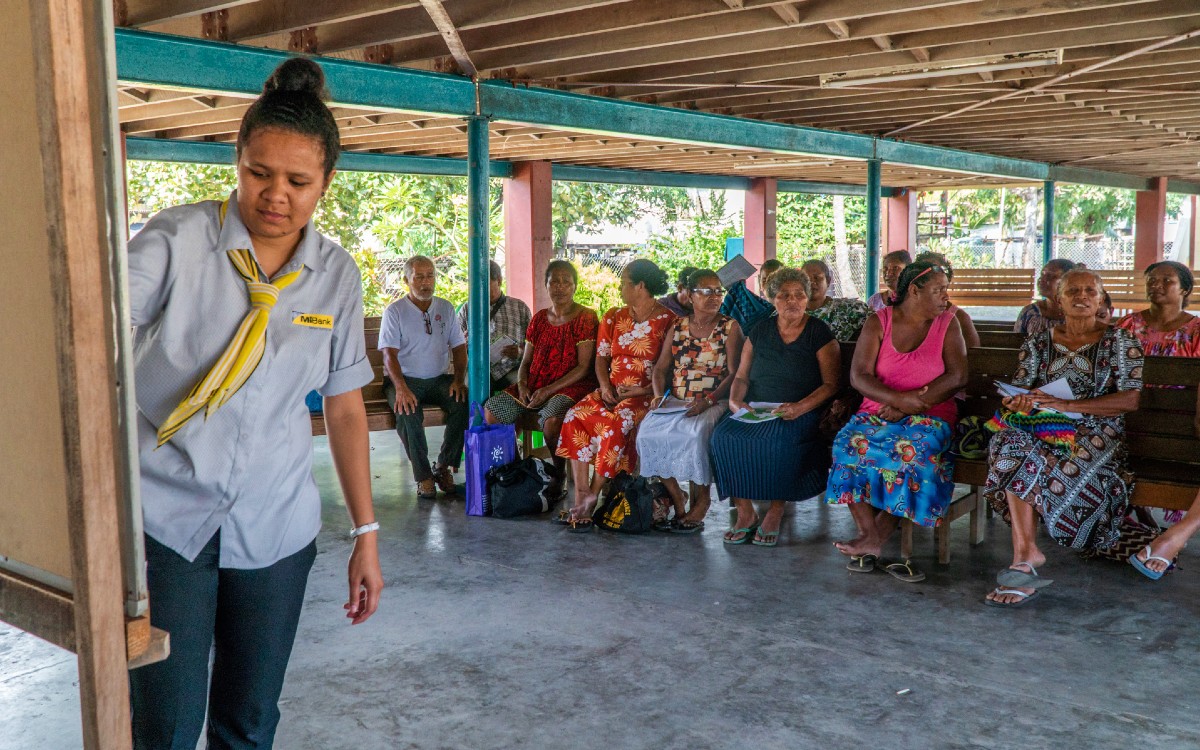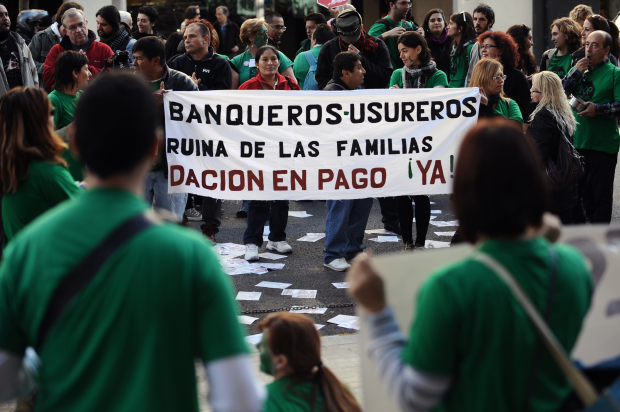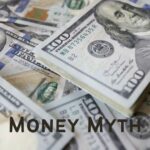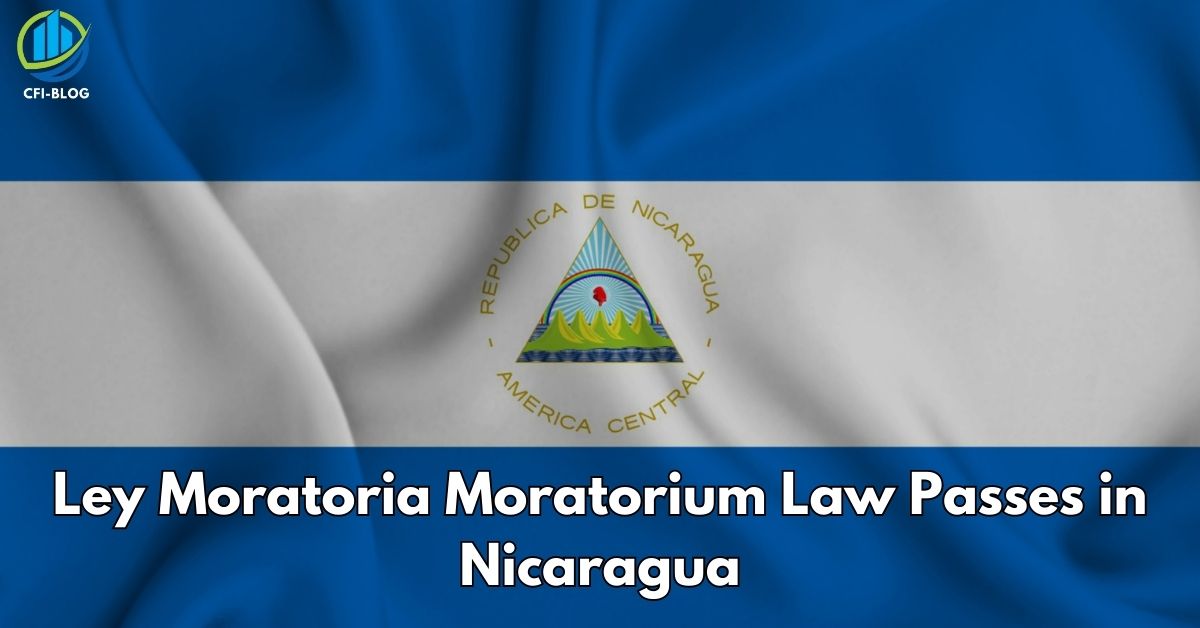From the time of massive globalization, especially after the 1990s, from 2004 to 2008, the microfinance industry had witnessed unprecedented growth since its founding in the 1980s by a Ph.D. scholar who opened a bank in Bangladesh, which doled out loans in small amounts and short interest. The microfinance industry has enabled over a billion people globally to participate in macroeconomics and expanded banking services to places without access to banking before.
However, not everyone has benefited from the ever-expansive reach of the microfinance industry, especially in the south and regions of south-central America. South-central America, such as Nicaragua, has faced political instability and strife, military coups and overthrowing of civilian governments, and violent human rights suppression from its political masters.
Nicaragua’s setback in microfinancing loans has hindered the growth of the microfinance industry in Central America. This is why Nicaragua has fallen back on payments on microfinancing loans. Many blamed the growth of the microfinance industry in Central America.
Nicaragua and Microfinance

Nicaragua is one of the poorest countries in the western hemisphere and the poorest in the two American continents. Although torn apart by civil wars and military dictatorships, the country has advanced in microfinancing and has had one of the most advanced microfinancing industries in the region. However, the No Pago movement ushered in by the government has jeopardized that movement. The microfinancing industry in the country has also suffered a massive amount of deregulation, which might be one of the causes of this movement to rise. The implications of mobile financial services for financial inclusion has cannot be denied.
From 2004 to 2008, the microfinance industry in the global economy grew at an unprecedented rate. The increase in the quality of the banking system and the thriving and robust global economy led to more competent and more confidently optimistic microfinance institutions acting as factors for the growth of the microfinance industry. Growth was led by the credit market, where the microfinance industry operates the most. Microfinance made access to credit extremely easy, especially in Nicaragua, where credit was transferred to the common masses directly without the interference of a middleman.
Regarding the Nicaraguan economy grew steadily. Taking advantage of this growth, the microfinance industry expanded its branches. The existence of big loans to facilitate the growth of macroeconomics and heavy industries also propelled the growth of microfinance as people needed small loans with low interest.
During this period, large banking institutions started to divert more and more funds toward the micro-financing industry, creating an investment pull for the growth of the microfinancing industry. Numerous investors, companies, and bankers pulled out the money and poured the total concentration of wealth into Nicaragua. Many microfinance in the country became dependent on the influx of capital from foreign investors.
This was especially true for Morocco, where as much as 80% of the microfinance institution were supported by the capital inflow during late 2008. This technique has benefited much of Nicaragua as much as it did countries like Pakistan, a lesson of impact investors learn from microfinance they have learned along the way. As the access to cash flow in the market increased, so did industrial production and job generation. This constant borrowing also improved the microfinance institutions’ asset base increasing the ratio of their asset to their equity base.
Initial growth and eventual recession
The earlier period of the microfinancing industry was marked by rapid growth and dynamic expansion within the country. All the social and economic indicators indicated that the results were encouraging, and the economists said they experienced a period of cautious optimism as the microfinance industry grew faster than the global average benchmark.
Such was the success of the Nicaraguan microfinance industry that the top picks of the microfinance blogosphere were dedicated to this topic. The microfinance industry supported small businesses and created jobs, expanding the economy. The payments were coming fast, and the institutions’ portfolio was growing.
Throughout 2007, Nicaragua and Morocco experienced constant growth with increasing financial leverage and an increase in the assets-to-equity ratio. With such meaningful growth comes increased and boosted consumer confidence, which benefits the economy. Growth in the microfinance industry also increased financial responsibility, as it did in fostering responsible finance in Myanmar’s infant industry.
However, things took a turn for the worst in 2008. As one of the worst financial crises and greatest economic collapses since the Great Depression, the central banking systems in the world took a hit. Several factors led to this devastating calamity, but mostly and unanimously, it was blamed on the reckless gambles of Wall Street banks and the collapse of the Mortgage-backed Security loans, which collapsed the American real-estate markets.
All the collective failures of the United States banking system culminated in the collapse of the Lehman Brothers, which led to an unprecedented international banking crisis. Eventually, this crisis reached Central America, where the investors lost confidence in the market and withdrew all their funds which heavily affected the microfinancing industry. All 22 significant microfinancing chains in Nicaragua were affected, leading to the no Pago movement.
The No Pago Movement

In the aftermath of the financial crisis, a movement ushered into Nicaragua. According to the reports, some of which were dramatic in their representation, the microfinance industry was under siege from a group of protestors who wanted to forgo the payments of their microcredits. Among the many demands the protestors had, the most popular was lowering the banks’ interest payments and, in some cases, forgoing their loans entirely.
The movement began to take shape in the mid of 2008 when the financial crisis was at its peak. Calling themselves the No Pago Movement or the no payment movement, the movement was supported and organized mainly by Northern Farmers with affiliations to the left-wing party of Nicaragua. Because of this, the movement was officially called “el Movimiento de Productores, comerciantes, Microempresarios y Asalariados del Norte,” or the Movement of the farmers, merchants, and wage workers of the North.
The movement was conjured by Omar González Vílchez, who started protesting on the pretext of the strangulating loans on working-class citizens and small business owners who also couldn’t pay back the loan. The then President, Daniel Ortega, diverted the issue, blamed the microfinance industry’s high-interest rates, and addressed the protestors to protest in front of the microfinance institutions and their offices. Numerous borrowers could not pay back their debts because of the banking collapse that ensued from the financial crisis.
Therefore, the No Pago movement made the issue the central foundation of their protests, intending to waive off the loans and cut interest pay. On 22nd July, the movement turned violent when the protestors and riots attempted to set fire to the microfinance company office named La Fundación para el Desarrollo de Nueva Segovia, which was situated in Ocotal.
Eventually, the movement culminated in November 2009, when the microfinance industry was strangulated, with more and more lenders refusing to pay back their debt due to the financial crisis. On the 24th of February, the national assembly of Nicaragua voted to pass a law that would force the microfinance lenders to sit down with the lenders to negotiate the payments of the debts to their borrowers whose due dates are past 30th June. The law was heavily criticized then, with the opposition claiming it would discourage investors from further investing in the country.
And, some claimed it would establish a culture of not paying back loans, which would be bad for the country and the working class. Eventually, President Ortega signed the bill into law, and the lenders relented. The events that followed were peaceful and joyous as the microfinance institutions were able to negotiate a compromise. Later that year, the protestors returned with the demand that the moratorium be imposed and loan repayments be delayed for some time.
Frequently Asked Questions (FAQs)
Q1. Does microfinance help the poor?
Microfinance can be an essential service in the developing world. Traditional banking has its due process, which takes time and excessive documents and visits to the bank. In such situations, micro-financing can help expand banking services such as savings accounts, loans, and investment portfolios.
Q2. How does microfinance impact poor communities?
Microfinance helps expand banking services and helps in financial inclusion. Most of the microfinance groups act as non-profits that uplift people from systemic and abject poverty, including other conditions like:
- Food insecurity
- Political conflict
- Poor healthcare
- Poor access to education
- Gender and ethnic marginalizations
- Environmental issues
Q3. What are the rules of microfinance?
A few of the principles of microfinance are as follows:
- Expanding the banking service beyond just loans.
- Using it as a tool to serve people experiencing poverty.
- Building permanent local institutions.
Conclusion
Microfinance can be a valuable tool for alleviating poverty, especially for uplifting people with marginalized identity groups. With the inception of microfinancing from Bangladesh’s Grameen Bank, the microfinance industry has grown exponentially, especially from 2004 to 2008. The microfinance industry had the maximum effect and growth in countries like Nicaragua and Morocco, where the growth has been above the global average. Countries like these need microfinancing where the people have seen political strife and rampant poverty.
In Nicaragua, recent years have seen an economic crisis. This is one of the reasons why Nicaragua has fallen back on payments on microfinancing loans. Though economic reasons are considered one of the reasons for this setback, many blame the government’s “No Payment” movement or no pogo movement. However, the movement has been successful, and the borrowers have managed to negotiate the terms of the delinquency.
Author Profile

- Jonas Taylor is a financial expert and experienced writer with a focus on finance news, accounting software, and related topics. He has a talent for explaining complex financial concepts in an accessible way and has published high-quality content in various publications. He is dedicated to delivering valuable information to readers, staying up-to-date with financial news and trends, and sharing his expertise with others.
Latest entries
 BlogOctober 30, 2023Exposing the Money Myth: Financing Real Estate Deals
BlogOctober 30, 2023Exposing the Money Myth: Financing Real Estate Deals BlogOctober 30, 2023Real Estate Success: Motivation
BlogOctober 30, 2023Real Estate Success: Motivation BlogOctober 28, 2023The Santa Claus Rally
BlogOctober 28, 2023The Santa Claus Rally BlogOctober 28, 2023Build Your Team – the Importance of Networking for Traders
BlogOctober 28, 2023Build Your Team – the Importance of Networking for Traders

